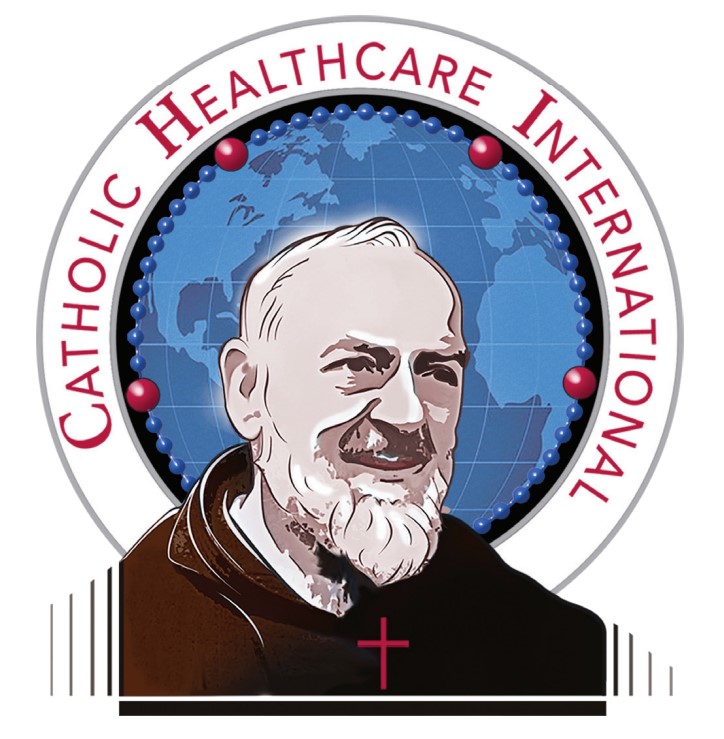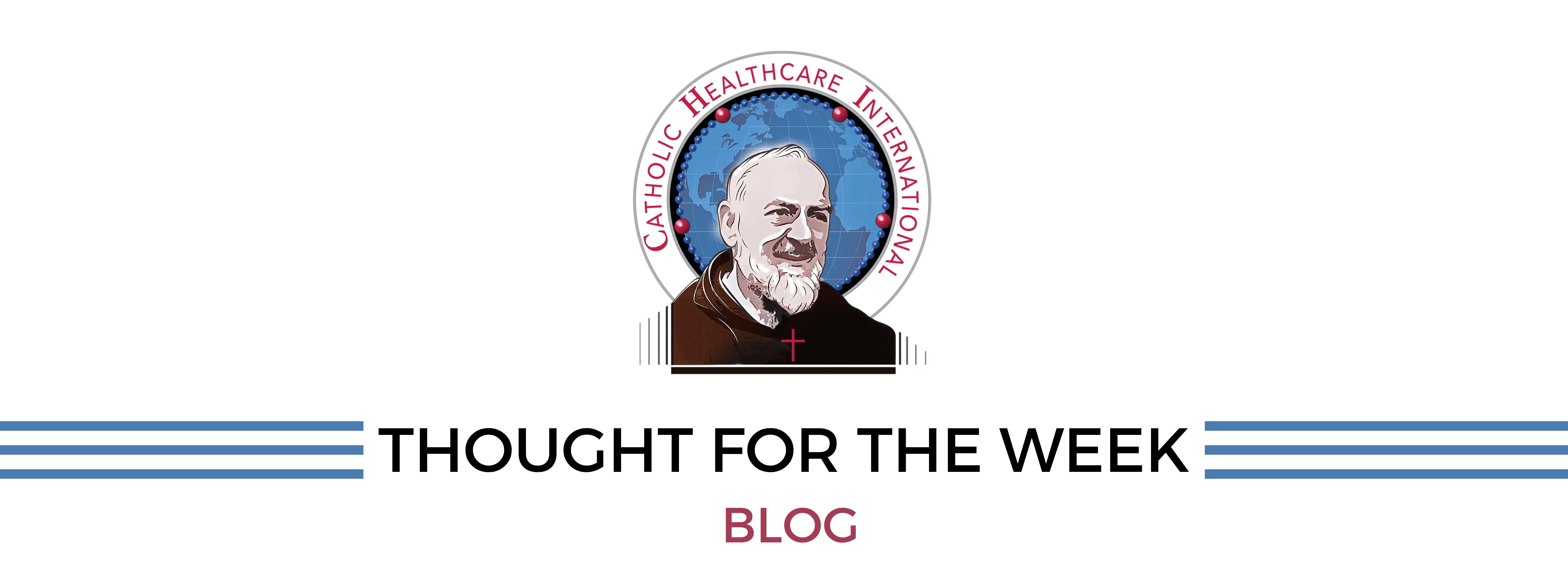John Fetterman, Disability and Dignity
Ethics are non-political. An action is either right or wrong and its ethics, or lack thereof, are independent of political parties. In some sense, one may say that politics are the opposite of ethics. Ethics simply are. Politics, on the other hand, are whatever they need to be. Political parties may embrace an unethical position, for example, the Democrat party’s consistent support for abortion, while Republicans may endorse the opposite, but both parties may change and equivocate their positions in attempts to hold power. To play to a conservative constituency, a Republican may embrace a strong pro-life position, but threatened with losing an election, the same politician may modify his/her position, in listening to “the voice of the people.” Indeed, the instances of “100% pro-life” politicians modifying their stance to “it’s a nuanced question” are too numerous to discuss here. In this week’s thought, let’s put the politicians aside and look at the ethical issue, in this case, disability and the “worth” of life.
In this political season, it was fascinating to watch the unfolding senatorial contest in Pennsylvania. On one hand, there was a centrist, erudite, accomplished Republican, Mehmet Oz, a cardiac surgeon and TV personality, no less. On the other, John Fetterman, a far-left Democrat populist. Sort of an “everyman” of the masses, pretty much the opposite of a celebrity cardiac surgeon in every way. During the campaign, Mr. Fetterman suffered a stroke, which left him with difficulty in understanding and processing spoken words and also limited his ability to verbally communicate. Rather than withdraw, Mr. Fetterman continued on, in a seemingly quixotic attempt to defeat Dr. Oz. Many of us, Pennsylvanians and non-Pennsylvanians alike, tuned in to see the one debate between these two, perhaps out of morbid curiosity. The disabled “regular guy” versus the brilliant surgeon and TV star. I think those in the audience who tuned in to see something akin to an accident at a stock car race may have been disappointed. Mr. Fetterman conducted himself with a quiet grace and courage, a David vs. Goliath, if you will. Now, I strongly disagree with Mr. Fetterman on most of his political positions, but one could not watch this media spectacle and not be struck with an appreciation for his fundamental humanity, despite his disability. That was evident, even with the sound down.
We are all created in the image and likeness of God and, thus, every human life has an intrinsic and equal basic worth and dignity, regardless of age, disability, social status, wealth (or poverty), and each and any other adjective or modifier. All humans are equal before the eyes of God. Being 72-hours-old after conception, having Down Syndrome, being unwanted and poor, suffering from Alzheimer’s disease, suffering a massive stroke, or being 90-years-old, does not change or diminish that worth. Similarly, being born to a wealthy family, being white, being a cardiac surgeon, or being a scion of Wall Street and the Financial industry and, yes, being a humble parish priest, does not make one more worthy or human. These are all characteristics that make one’s life harder, or easier, and change one’s contribution to society at large, but they do not modify basic human worth, equality or dignity.
Our culture of death very quickly makes judgments and creates euphemisms to make some people less worthy of life and, in doing so, less human. Phrases like “quality of life,” ” unbearable suffering,” and “dignified death” are frequently bandied about when the speaker cannot, or does not, wish to simply say that he/she feels some people are not worthy of life. Often this is disguised for reasons of “mercy” to end or prevent an “unbearable” life. Other times, it is a more pragmatic (and somehow more odious) rationale of “preserving” scarce resources for the “greater good.” Like so many justifications for abortion and euthanasia, these reasons, at least very superficially, seem reasonable. In fact, the opposite is true, and, in their seeming “reasonableness” they are all the more dangerous and reprehensible.
Down Syndrome is an example of this. The able, healthy people in society are very quick to judge those afflicted with Down Syndrome as having lives “not worth living.” This is one of the most frequent diagnoses made in utero and, often, these children are aborted to spare them the “burden” of life. Burden for whom? The overwhelming majority (>90%) of people with Down Syndrome report being very happy and pleased with their lives. Not only do they enjoy their lives, they often are a positive influence on those around them, as they tend to be happy, loving, and not as weighed down with the envy, greed, and avariciousness of “normal” people. Certainly, many have special needs and sometimes require substantial medical care and assistance with the activities of daily life, but are those justifications for killing them before they are born?
Modern medicine certainly thinks so. Pre-natal testing for Down Syndrome (and other genetic anomalies) is ubiquitous and nearly every prohibition of abortion makes exceptions for these “severe” disabilities. Iceland is particularly proud of itself, as it claims to have virtually eliminated Down Syndrome. It is not some sort of magic in the water or the sunlight of northern latitudes; Iceland has eliminated Down Syndrome by simply aborting each and every unborn person with that diagnosis. In the entire country, only about two people with Down Syndrome are born yearly, primarily because of an inaccurate prenatal diagnosis (of course, there are no statistics about how many children are aborted because of a false positive diagnosis of Down Syndrome). So, Iceland has not really eliminated Down Syndrome, it has exterminated people with Down Syndrome. If indeed, the life of these people is so unbearable, it is difficult to not logically conclude that post-natal abortion (or, I suppose murder, euthanasia, etc.) should be justified. After all, the life of most infants, with or without disabilities, is about the same. “Unbearability” shouldn’t manifest itself until the child grows older and tries to function in an environment that has intellectually moved on. That is when they will need extra medical and social support. If the popular culture is right about this, it should have no issue with a quick and “merciful” death, at any age. (We should be careful, lest we give the Icelandics any ideas.)
Iceland is not unique in its violence against the unborn disabled, perhaps just more efficient. In the so-called “industrialized” countries worldwide, particularly in Europe, the rate of abortion of people with Down Syndrome is over 90%. Even in the US, the rate is over 60%. Being disabled in the uterus is a very dangerous place, indeed.
Another example that has made the popular, pro-abortion press, is the case of hypoplastic left heart syndrome (HLHS). Recently, I saw a sensationalistic story that had a woman decrying her inability to have an abortion and having to carry her child for an extra 6 or 8 weeks, until she could obtain an abortion, because the child had a diagnosis of HLHS. What the press neglected to mention, however, is that HLHS is treatable and many people are walking around today, as active, lively adults, having been born with this diagnosis. In HLHS, the left side of the heart, that is, the side that pumps blood to the body, basically fails to develop. 42 years ago, children born with this heart defect were unable to survive for very long outside the womb and would die in the first few hours or days after birth. But, between 1979 and 1981, Dr. William Norwood developed a series of cardiac surgeries, called the “Norwood Procedure” that enabled these children to survive and go on to a normal life. Of course, the surgeries are complicated and the children are often very ill. As a pediatric cardiac anesthesiologist, I have provided anesthesia for many children undergoing Norwood procedures and the first operation, a “Norwood I” is among the most difficult and challenging anesthetics that can be done. Some of these children are ill for a long time and their course is difficult, as a full Norwood series consists of 3 staged, complex surgical repairs. Some centers, such as the Loma Linda Medical Center, favor heart transplantation over the Norwood procedures, but the supply of infant-sized donor hearts is very low and these children will perish if they wait for a donor organ. The point is, however, HLHS is not a death sentence and there are thousands of people around the world today who are alive and happy following repair of the defect. One of the oldest living patients with HLHS, corrected by a Norwood procedure, is 37 years old today. So the popular story about being “forced” to carry a child with a lethal defect until an abortion could be obtained is just pro-abortion hyperbole. Life is not qualified as more worthy because it is easy or lacks medical problems. Life is life, equal, valuable and dignified, in the image and likeness of God, regardless. Treating HLHS by abortion is little different than treating lung cancer with cyanide (again, don’t give the Icelandics any ideas).
End-of-life issues are similar. Various dementias, including Alzheimer’s, are devastating diseases, robbing people of their ability to communicate and interact with the world around them. Autism is at nearly epidemic proportions in the US, with nearly 1 out of 60 male children having that diagnosis. Many of these children are severely intellectually disabled and need significant long-term care. Strokes and cerebrovascular disease are common and, as in the case of Mr. Fetterman, patients suffering from these conditions require special and sometimes intense assistance. But does that make them less human? This is where the secular humanists come in with the “low quality of life” and “meaningful life” phrases. Another variation of this is, “no one would want to live that way.” Says whom? Certainly not those afflicted with these conditions. They often cannot communicate. Now, if one lives in Canada, however, he/she can avail of what the Canadians call “Medical Assistance in Dying”, or MAiD. I can see the ad campaigns now: “Sad, depressed, lonely, poor? You don’t have to live like that, just choose MAiD!” And that is exactly where Canada is at. One doesn’t have to be severely disabled and “suffering,” being poor or depressed is enough. I suspect someone at the Canadian national medical insurance program is congratulating themselves on this remarkable cost-saving measure (and probably being invited to give a talk in Iceland).
The last resort of the pro-euthanasia crowd is the people in what is called a “minimally conscious state” (also called a coma), “persistent vegetative state” (an odious term), and other dehumanizing euphemisms used to justify hastening these people’s deaths by the withholding of basic nutrition and hydration. That is exactly what it sounds like, withholding food and water until a person dies. This is not extraordinary, remarkable, technologically artificial life support, like a heart-lung machine or mechanical ventilator. It is turning off a feeding/water tube and watching someone die of hunger and thirst over a few days.
Now, the physician advocates of this say that it is an unfair comparison and that these people don’t really feel anything or “suffer” from this denial of food and water. It would be comic, if not so tragic. In the mid-2000s, numerous studies found that using sophisticated techniques of brain imaging and function, employing functional MRI, or fMRI, many patients thought to be unconscious and in “vegetative” states, could actually respond to verbal stimuli, like their names, or being asked to imagine playing tennis. By simple “yes”/ “no” ideation, the researchers could actually carry out simple conversations, watching the fMRI respond to their questions. So, if these patients could hear and understand conversations around them, the discussion about withholding food and water becomes particularly macabre.
There is no safe dividing line about which lives are more “worthy” than others. From the moment of conception to natural death, every human life is of equal worth and dignity. Once a line of “worth” is drawn, it is impossible to stop drawing lines. Eventually, the line of “just a 72-hour embryo” becomes “a fetus with Down Syndrome,” which becomes “a fetus with a severe lethal anomaly,” which becomes “a 90-year-old in a coma,” which becomes, “a 56-year-old in a persistent vegetative state,” which becomes, “a 24-year-old with progressive Lou Gehrig’s disease,” which becomes, “a severely disabled child,” which becomes, “an imbecile (to quote the term the Supreme Court of the US used to uphold involuntary sterilization of the mentally handicapped),” which becomes “Jews” and “Gypsies” (or perhaps the “depressed” and “poor”, in Canada).
Jesus Wept.

George Mychaskiw II, DO, FAAP, FACOP, FASA
Founding President
Saint Padre Pio Institute for the Relief of Suffering
School of Osteopathic Medicine


